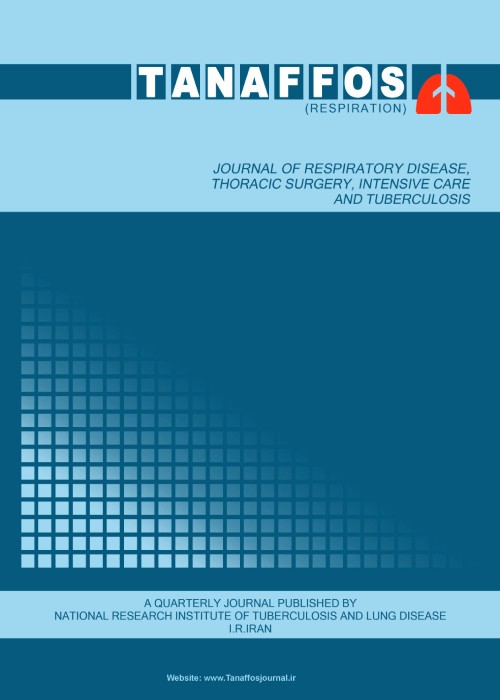Fungal Airborne Contamination as a Serious Threat for Respiratory Infection in the Hematology Ward
Author(s):
Abstract:
Background
Fungi existing in hospital departments may grow and produce micro-colonies. The spores arising from these micro-colonies circulate easily and could be inhaled by patients and cause infections in immune-compromised subjects. Due to the lack of an acceptable method of sampling and evaluation of microbiological quality of air in the isolation units, the purpose of this study was to determine the concentrations of airborne fungi through active and passive sampling and also identify fungi genera in the air of the isolation unit.Materials And Methods
The air of the isolation unit was monitored through active and passive sampling. In passive sampling, the plates were placed in the room. The active sampling was performed in the hematology unit by using a slit-to-agar biological air sampler with a flow rate of 10 L/minute. Plates were incubated at 30°C for 10 days and were examined daily for fungal growth. Fungal species were identified on the basis of their macroscopic and microscopic morphological features.Results
In active samples, Penicillium spp. was the predominant genus (66.8%), followed by Aspergillus spp. (23.9%) and Cladosporium spp. (2.5%). Yeast spp. accounted for only 2.2% of the isolated fungi. In passive samples, Penicillium spp. (94.4%) was the most frequently found fungi, followed by Aspergillus spp (2.2%), Cladosporium spp. (1.1%) and Yeast spp. (0.5%). The identified genera included Penicillium, Aspergillus, Alternaria, Mucorales, Cladosporium, Yeasts and other filamentous fungi.Conclusion
Active and passive sampling can be used for monitoring the fungal content of air. Assessment of fungal contamination profiles in hospitals may provide important information about the level of fungal concentration in the hospitals and for the control of nosocomial infections. In addition, installation of special ventilation systems equipped with HEPA filters in hematology wards could enhance the quality of air. Also, observing sanitary protocols for disinfection of the surfaces is imperative for infection control.Keywords:
Language:
English
Published:
Tanaffos Respiration Journal, Volume:14 Issue: 4, Autumn 2015
Page:
257
magiran.com/p1509188
دانلود و مطالعه متن این مقاله با یکی از روشهای زیر امکان پذیر است:
اشتراک شخصی
با عضویت و پرداخت آنلاین حق اشتراک یکساله به مبلغ 1,390,000ريال میتوانید 70 عنوان مطلب دانلود کنید!
اشتراک سازمانی
به کتابخانه دانشگاه یا محل کار خود پیشنهاد کنید تا اشتراک سازمانی این پایگاه را برای دسترسی نامحدود همه کاربران به متن مطالب تهیه نمایند!
توجه!
- حق عضویت دریافتی صرف حمایت از نشریات عضو و نگهداری، تکمیل و توسعه مگیران میشود.
- پرداخت حق اشتراک و دانلود مقالات اجازه بازنشر آن در سایر رسانههای چاپی و دیجیتال را به کاربر نمیدهد.
In order to view content subscription is required
Personal subscription
Subscribe magiran.com for 70 € euros via PayPal and download 70 articles during a year.
Organization subscription
Please contact us to subscribe your university or library for unlimited access!


